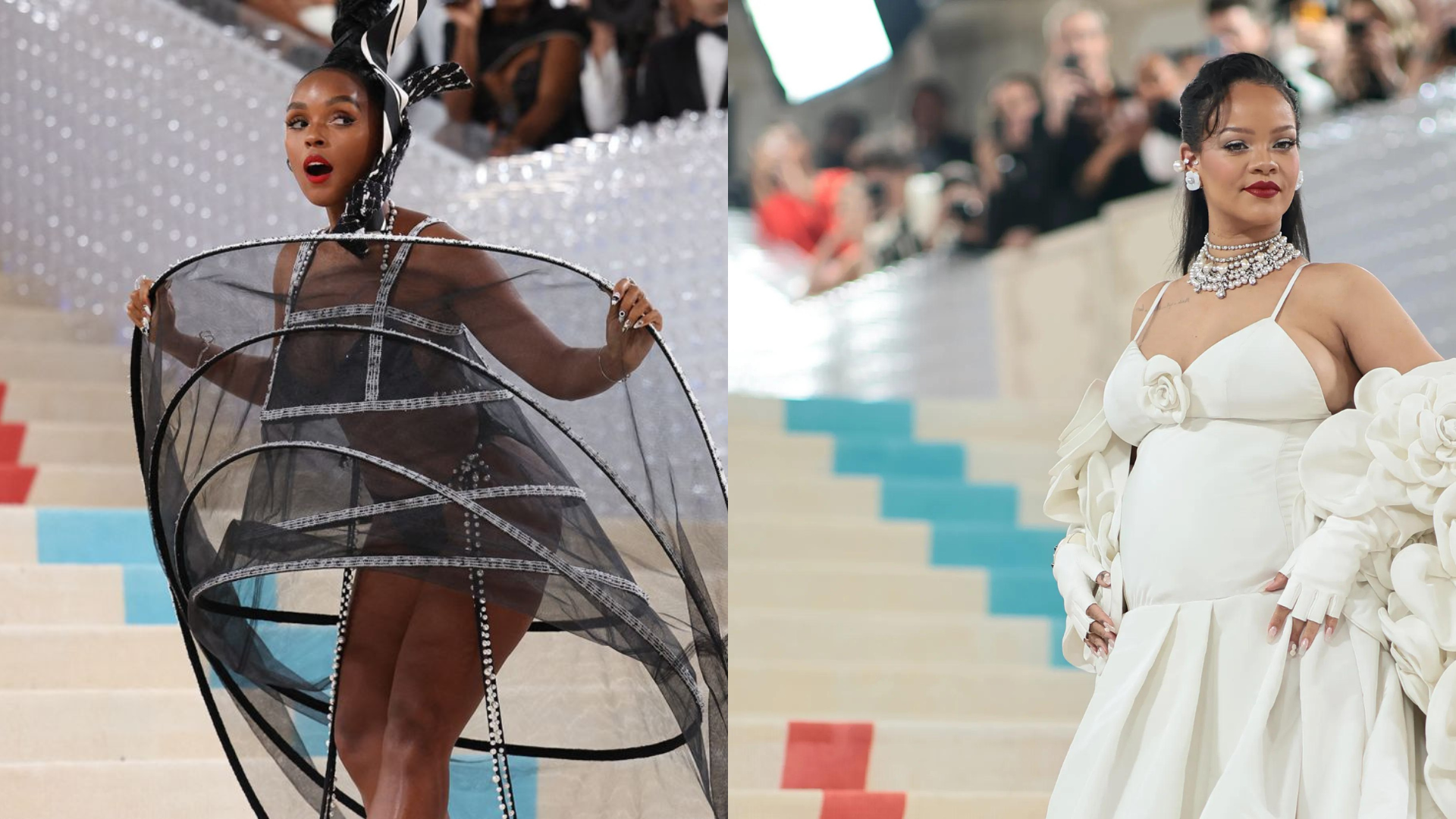Every year, the Metropolitan Museum of Art in New York City hosts one of the most anticipated and extravagant events in the fashion and entertainment world—the Met Gala. With its star-studded guest list, avant-garde fashion statements, and thematic exhibitions, the Met Gala transcends the realm of traditional red carpet events, evolving into a cultural phenomenon that captivates audiences worldwide. In this article, we delve into the allure and significance of the Met Gala, tracing its origins, evolution, and enduring influence on fashion, art, and popular culture.
- A Glamorous Affair: Origins and Evolution
- The Met Gala, formally known as the Costume Institute Gala, traces its origins back to 1948 when it was first established as a fundraising event for the Costume Institute of the Metropolitan Museum of Art.
- Over the decades, the gala has evolved from a relatively low-key gathering of New York socialites to a globally renowned extravaganza that attracts A-list celebrities, fashion icons, and cultural luminaries from around the world.
- Each year, the Met Gala showcases a thematic exhibition curated by the Costume Institute, exploring diverse topics ranging from fashion movements and historical periods to artistic concepts and social issues.
- Fashion as Art: The Red Carpet Extravaganza
- The Met Gala red carpet has become synonymous with bold, boundary-pushing fashion statements that blur the lines between art, culture, and spectacle.
- Attendees embrace the gala’s theme with creativity and daring, donning elaborate costumes, couture gowns, and avant-garde ensembles that reflect the spirit of the exhibition.
- Fashion designers collaborate closely with celebrities to create custom-made looks that garner global attention, setting trends and sparking conversations about style, identity, and self-expression.
- Beyond the Surface: Cultural and Social Commentary
- While the Met Gala is renowned for its glitz and glamour, it also serves as a platform for cultural and social commentary, addressing pertinent issues and sparking dialogue about diversity, inclusion, and representation.
- Themes explored in past galas have encompassed a wide array of subjects, including feminism, sustainability, technology, and the intersection of fashion and religion.
- Through its thematic exhibitions and accompanying programming, the Met Gala fosters critical engagement with fashion as a form of artistic expression and cultural discourse.
- Impact and Legacy: Shaping Fashion and Popular Culture
- The Met Gala’s influence extends far beyond its annual showcase, shaping fashion trends, inspiring creative collaborations, and leaving an indelible mark on popular culture.
- Iconic moments from past galas, such as Rihanna’s unforgettable yellow Guo Pei gown and Lady Gaga’s dramatic entrance on the “Camp: Notes on Fashion” red carpet, have become etched in the collective memory of fashion enthusiasts and pop culture aficionados.
- The gala’s ability to transcend boundaries of art, fashion, and entertainment underscores its enduring legacy as a catalyst for creativity, innovation, and cultural exchange.
The Met Gala stands as a testament to the transformative power of fashion and art, bringing together luminaries from diverse backgrounds to celebrate creativity, self-expression, and cultural exchange. As the gala continues to evolve and captivate audiences worldwide, it reaffirms its status as a beacon of inspiration and imagination, shaping the landscape of fashion and popular culture for generations to come.

